How Biases Impact Forensic Gift Investigations
by Theodore
Posted on 12-08-2020 06:00 AM
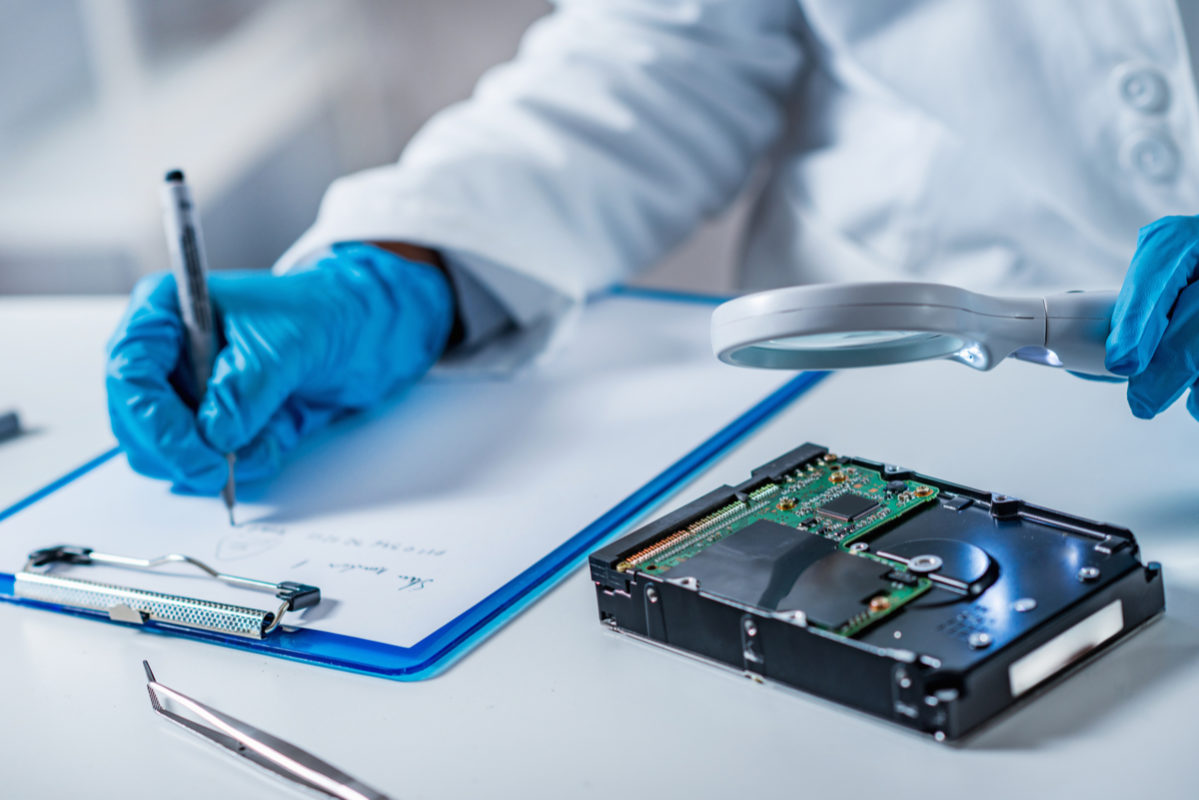
Forensic toxicology uses the tools of analytical chemistry and testimonies as well as expertise to investigate the source of exposure to chemical, in the viewpoint of obligatory law. Forensic toxicology, which refers to the use of toxicology for the purposes of law, is a very important aspect of forensic sciences. It is considered a hybrid of analytical chemistry and fundamental toxicology with medicolegal applications. It enables analyses of biological tissues and fluids for the presence of poisons and drugs by determining their concentration and interpretation of obtained findings. Forensic toxicology studies are mostly analytical in nature because the estimation of actions and effects of drugs and toxic substances requires their qualitative and quantitative determinations. The interpretation of forensic toxicological results demands knowledge of many different aspects of analytical toxicology as well as pharmacokinetics and pharmacodynamics. These results are of great importance as they may answer the question about the role of drugs and causative agents in a person's illness, behavior, or circumstances of death. Forensic toxicology can be divided into the following subcategories: clinical toxicology, postmortem forensic toxicology, human performance toxicology, and forensic drug testing. Toxicology studies are useful and necessary for the final decision regarding, among others, the cause and manner of death, driving under the influence of drugs and alcohol, an inability to perform in the workplace (behavioral toxicology), and drug abuse testing.
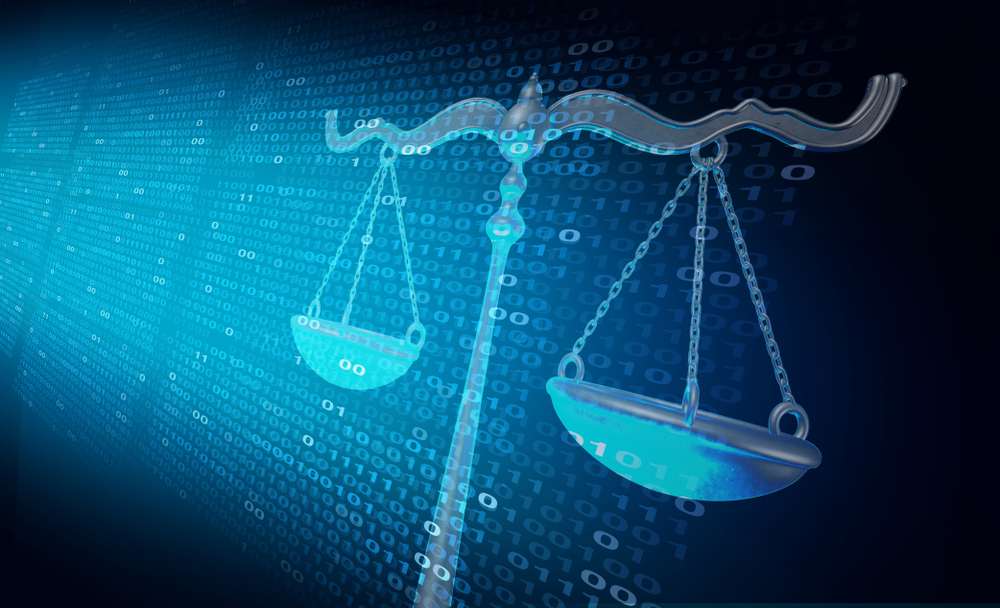 Toxicological investigations have an impact on the knowledge of case history, specimen selection, choice of extraction procedure and analytical techniques, and proper interpretation of obtained data.
Toxicological investigations have an impact on the knowledge of case history, specimen selection, choice of extraction procedure and analytical techniques, and proper interpretation of obtained data.
A Guide to Digital Forensics and Cybersecurity Tools (2020)
We often watch experts in movies using forensic present ideas mug gifts forensic forensic gifts tools for their investigations but what cyber forensic tools are used by experts? well, here are top 7 cyber forensic present ideas mug gifts funny gift for a forensic forensic mugs forensic present ideas forensic gifts tools preferred by specialists and investigators around the world. “torture the data and it will confess to anything†ronald coase. Cyber forensic: as the title says, it is collecting evidence for investigation after an unwanted activity has occurred. Cyber/computer forensics is a department that comes under digital funny gift for a forensic forensic mugs forensic present ideas science for improving cybersecurity.
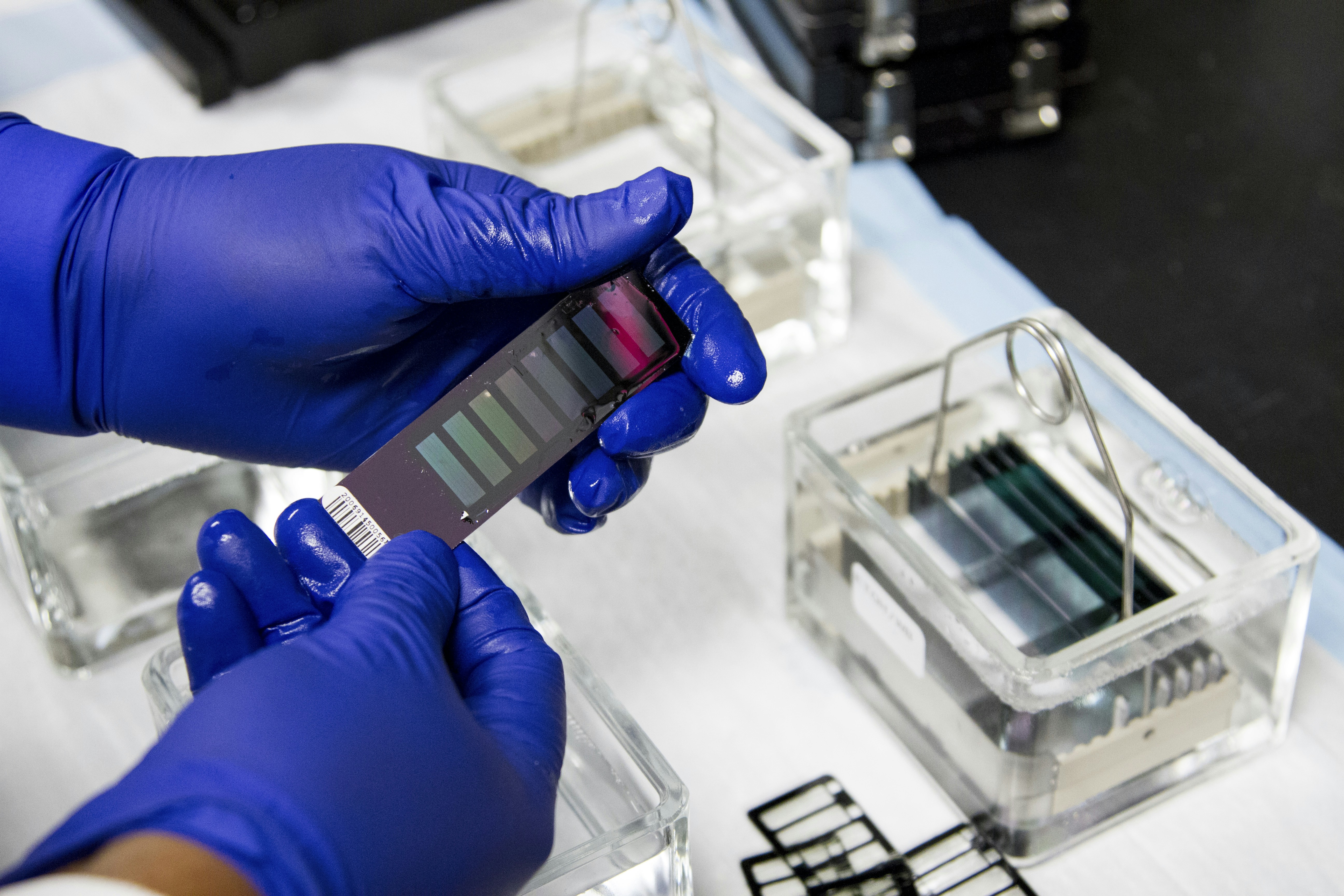
Forensic Analyst Job Description Example
Forensic analyst job description example what does a forensic analyst do? if you are interested in a career as a forensic analyst, then, knowledge of the job description and skills required of a forensic analyst will guide you in preparing yourself for the career.
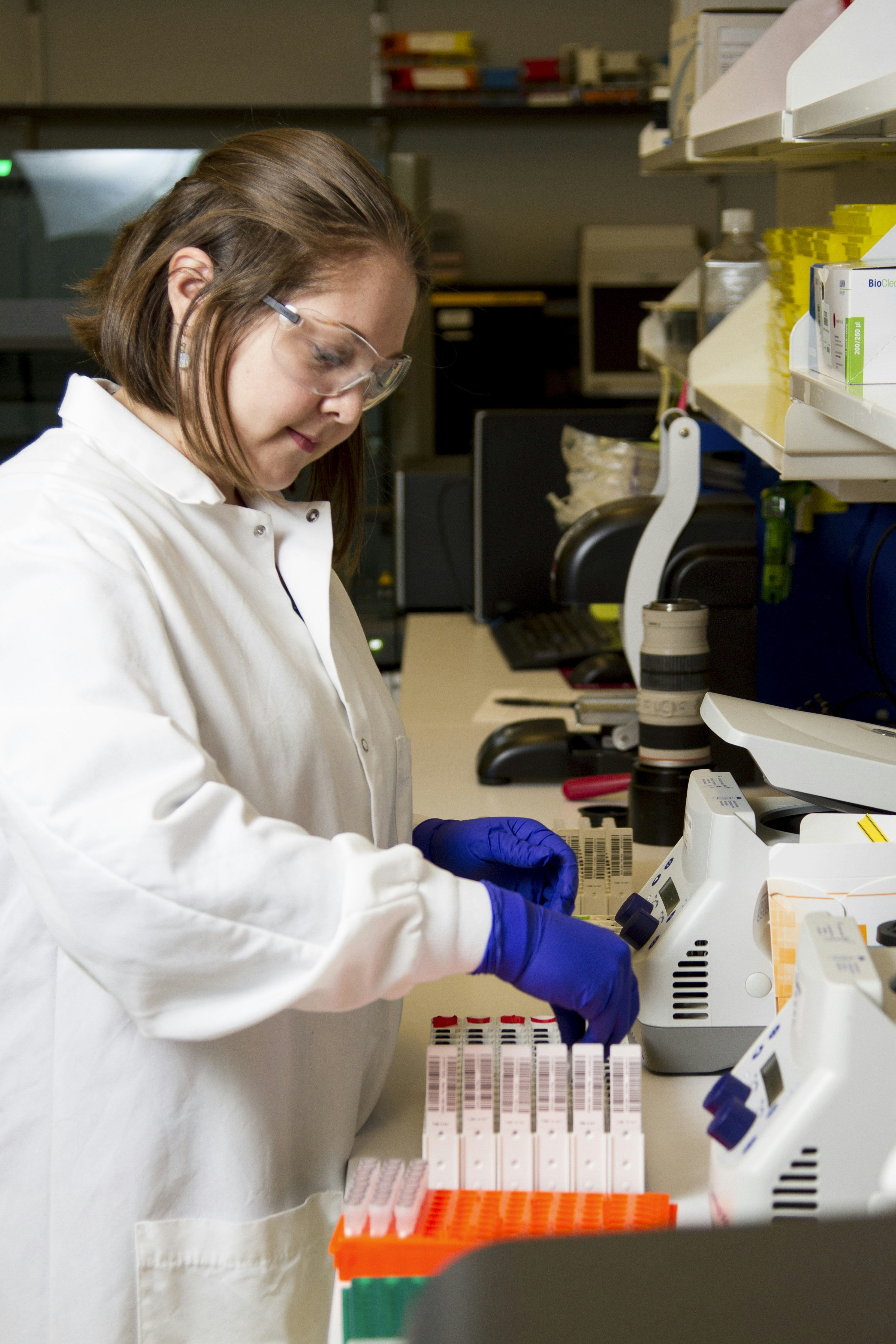
With the rise in popularity of shows that depict crime scene analysts (csa) solving crimes, the job of crime scene analyst , also called crime scene investigator (csi), or a forensic science technician, has come into the spotlight. While you may have a glamorized version of their job in mind, do you know what they really do? let’s find out.
Whether you work in law enforcement putting criminals behind bars, or in the corporate/civil world where someone may lose a job or custody of their children, we as forensic examiners and analysts always have to be sure that our results are accurate. With drivesavers, you can be confident that our results are accurate, repeatable and defensible, as well as secured and treated with the respect and the integrity that you require.
What Is Computer Forensics?
Melo, sandro. Computer forensics and free software, high books, 2009. Isbn, 8576082888, 9788576082880. Morimoto, carlos eduardo.
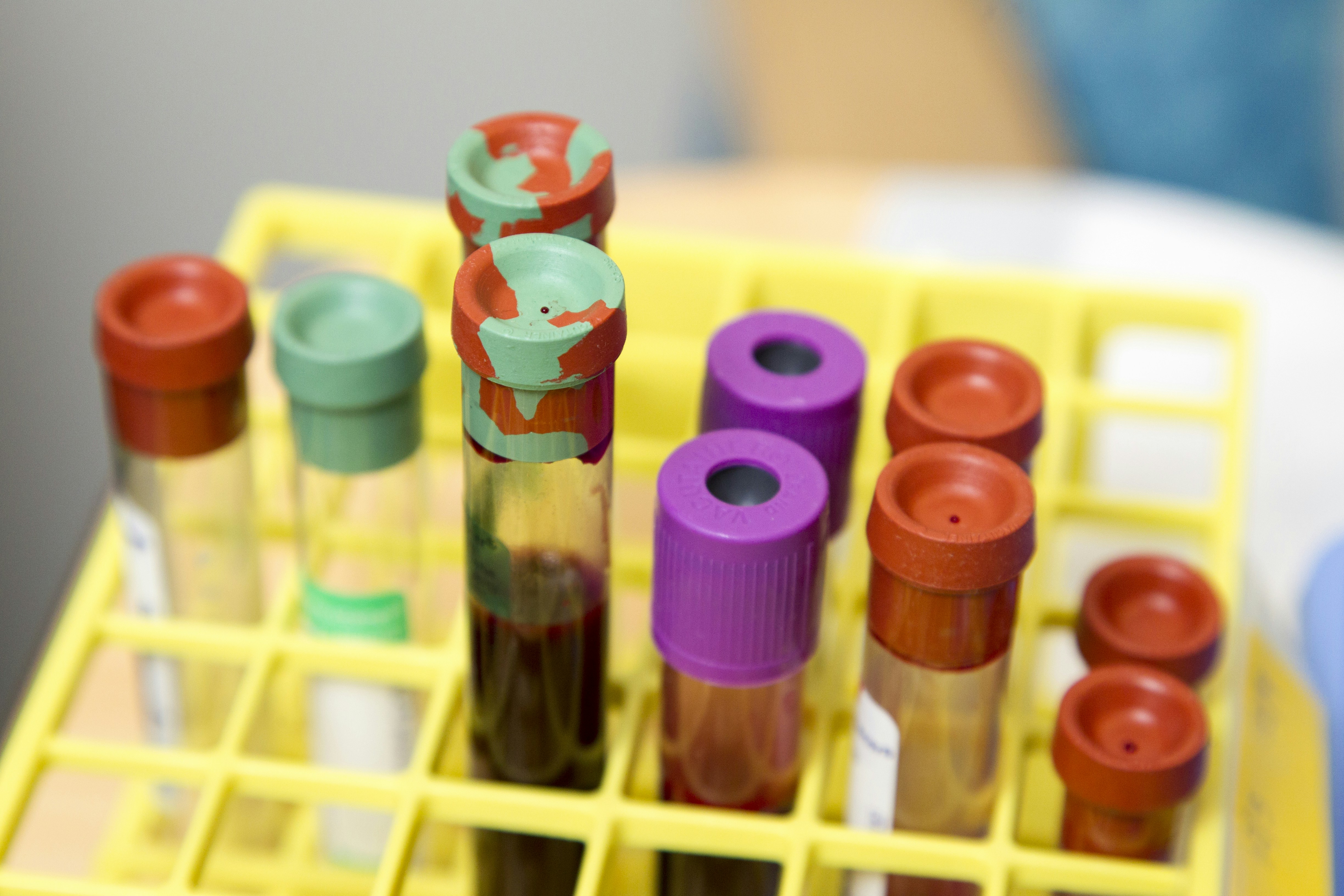
Prepare and deliver high quality work products, including the development and maintenance of project schedules, reports, and resources. December 01, 2019 provides computer forensic and intrusion support to high technology investigations in the form of computer evidence seizure, computer forensic analysis, data recovery, and network assessments. December 20, 2019 understanding of mobile device data extraction and analysis, file system forensics, steganography/encryption, timeline analysis, and forensic media imaging.
Computer investigations are similar to electronic discovery (or e-discovery). These forensic investigations recover data from computers and hard drives to solve a crime or find evidence of misconduct. Computer investigators can uncover things like sale of black market goods, fraud, and sex trafficking. Some common situations that call for computer investigation are divorce, wrongful termination, employee internet abuse, unauthorized disclosure of corporate information, and other illegal internet activity. Forensic computer investigations can find information on cell phones and hard drives including emails, browsing history, downloaded files, and even deleted data. One of the first cases in which computer forensics lead to a conviction involved the messages exchanged in an online chat room.
There are various advantages of forensics. It has a broad spectrum of applications which are very useful to us. Some of the advantages of this science are discussed below. ☛ with the help of certain computer tools, it is possible to control cyber crime. This is done through packet sniffing (sensing critical information in the data packets), ip address tracing (to get the address from where the criminal was accessing), email address tracing (to get the details of the email server and in cases of email bombs). This is called computer forensics.
Data forensics can involve many different tasks, including data recovery or data tracking. Data forensics might focus on recovering information on the use of a mobile device, computer or other device. It might cover the tracking of phone calls, texts or emails through a network. Digital forensics investigators may also use various methodologies to pursue data forensics, such as decryption, advanced system searches, reverse engineering, or other high-level data analyses.
To connect a phone successfully, an expert must choose the appropriate plug. The next step is to find the appropriate driver to establish a connection to the computer. Common mobile forensics toolkits do the work automatically. If one computer has several mobile forensics toolkits installed, the examiner must be careful, as the driver packs from different vendors can interfere with each other. If the usb connection doesn’t work, there’s also the possibility of using wireless connection like bluetooth to retrieve data from a mobile device.
Digital forensics: forensic techniques are used for retrieving evidence from computers. These techniques include identification of information, preservation, recovery, and investigation in line with digital forensic standards. Mobile device forensics: mobile device forensics refers to that branch of digital forensics that involves evidence found on mobile devices. These include personal digital assistants (pdas), mobile phones, and tablets – basically, any computing device that has communication capabilities besides being portable. This branch of forensics suddenly gained popularity with smartphones, making it one of the most recent divisions of digital forensics.
What Does a Computer Forensics Analyst Do?
Computer forensic analysts can be found in any organization that relies on computer technology — which means pretty much everywhere in business, industry, and government. Scavotto says, “it’s very expensive for law enforcement agencies to spin up a forensics team, train officers to do this sort of work, and buy the necessary equipment to be successful. †so although he doesn’t see law enforcement as a high growth area, he notes that some law enforcement agencies are starting to hire civilians to handle cases involving computer forensics.
Is a Computer Forensics Analyst Career Right for You?
In your career as a computer forensics professional, you will often find that your efficiency boils down to which tool you are using for your investigations. Your skill set, as critical as it is to your success, can only take you so far – at the end of the day, you will have to rely on one forensic tool or another. Enter forensic toolkit, or ftk. Developed by access data, ftk is one of the most admired software suites available to digital forensic professionals. In this article, we will dissect the various features offered by ftk, in addition to discussing its standalone disk imaging tool, ftk imager. This article will be fruitful for anyone seeking an understanding of ftk. Moreover, it is downright essential for those planning on taking part in infosec’s computer forensics boot camp.
Where To Learn More About Cyber Forensics
By veriato - may 08, 2020 while the real world of forensics is much different from your favorite primetime drama, it’s becoming an increasingly important field for the digital sphere. Cybercriminals leave a trace just like real-world offenders, so it’s important to use digital forensic tools that can identify, address, and resolve potentially fraudulent or harmful activities. Keep reading to learn more about digital forensics , and the tools your company needs to stay protected.
Forensic Analyst Skills for Resume
Generally, analysts work as a go-between with management and the it department and must explain complex issues in a way that both will understand. The computer forensic analyst should have good written and verbal communication skills for reporting findings and conveying technical information to technical and non-technical people. Analysts should be able to interact and communicate effectively with a range of people.
Forensic science professionals typically do not need a license or certificate. However, some professionals obtain voluntary certification to demonstrate their qualifications. For example, the international association for identification offers certifications for professionals and skills including bloodstain pattern analysts, crime scene investigators, and forensic photography. Most states require private investigators, who sometimes assist forensic investigations, to hold a license. Aspiring private investigators should verify licensing requirements with their state or local government.
Forensic analyst / scientist forensic scientists apply scientific knowledge and skills to investigate crimes. The information they provide may help the police to find or eliminate a suspect in a crime. Forensic scientists usually specialize in one area of forensics, such as dna analysis, firearms examination, or toxicology, which is the analysis of body samples for traces of drugs and poisons.
What does a Forensic Analyst do?
An entry-level forensic analyst with less than 1 year experience can expect to earn an average total compensation (includes tips, bonus, and overtime pay) of r223,500 based on 9 salaries. An early career forensic analyst with 1-4 years of experience earns an average total compensation of r277,906 based on 35 salaries. A mid-career forensic analyst with 5-9 years of experience earns an average total compensation of r290,784 based on 28 salaries. An experienced forensic analyst with 10-19 years of experience earns an average total compensation of r350,000 based on 7 salaries.
What's this? outsmart cybercrime with 400+ skill development and certification courses. Start your free trial if you like to solve puzzles, you might be interested in a forensic analyst career. There is a need for forensic analysts for several aspects of law enforcement, but there is a growing need for forensic analysts in the it field. A forensic analyst in it can help law enforcement identify and trace malware and present evidence to the courts.
An entry-level forensic analyst with less than 1 year experience can expect to earn an average total compensation (includes tips, bonus, and overtime pay) of $55,181 based on 10 salaries. An early career forensic analyst with 1-4 years of experience earns an average total compensation of $63,000 based on 36 salaries. A mid-career forensic analyst with 5-9 years of experience earns an average total compensation of $69,900 based on 14 salaries. An experienced forensic analyst with 10-19 years of experience earns an average total compensation of $81,085 based on 13 salaries. In their late career (20 years and higher), employees earn an average total compensation of $76,500.
J. P. Morgan senior forensic analyst reviews hilton senior forensic analyst reviews ibm senior forensic analyst reviews walmart senior forensic analyst reviews apple senior forensic analyst reviews microsoft senior forensic analyst reviews deloitte senior forensic analyst reviews ey senior forensic analyst reviews accenture senior forensic analyst reviews amazon senior forensic analyst reviews google senior forensic analyst reviews facebook senior forensic analyst reviews.
According to leva. Org: “forensic video analysis is the scientific examination, comparison and/or evaluation of video in legal matters. â€for a video or audio recording to be used in a legal proceeding it must first be validated to ensure that the evidence is authentic and suitable for court purposes. A video forensics analyst must also determine which facts or pieces of evidence might be relevant to the case.
Forensic biologist is another term for a forensic dna analyst. Law enforcement, in the united states, began using dna testing as a forensic tool in 1985. The procedure is crucial to identifying a person based on the extraction and analysis of biological material and substances. These substances can be hair, sweat, skin, bone marrow, saliva, and all other bodily fluids. Dna analysis has its roots in biology. The structural units of dna are the four nucleotides: adenine, cytosine, guanine, and thymine. A matching dna sequence exists only in identical twins.
Forensic Analyst Salary by State
The salary level of dna analysts can vary depending on factors such as their level of experience, their level of education, where they work, and many others. Salary in canada: according to the 2016Â alberta wage and salary survey (the latest figures available at the time of writing (june 21, 2019), albertans in the closely related forensic laboratory analyst occupational group earn an average salary of $62,913 per year. Unfortunately, no similar statistics were available from reliable sources for other canadian provinces or territories.
network forensics is a sub-branch of digital forensics relating to the monitoring and analysis of computer network traffic for the purposes of information gathering, legal evidence, or intrusion detection. Unlike other areas of digital forensics , network investigations deal with volatile and dynamic information. Network traffic is transmitted and then lost, so network forensics is often a pro-active investigation.
Your college's forensic accounting program will cover the body of information that pertains to the american institute of certified public accountants and should include: at least 75-hours of qualifying experience needed to receive the certified in financial forensics (cff) credentials some things students will learn involve: planning a forensic engagement forensic analysis coupled with computer technologies.
Forensic data analysis (fda) is a branch of digital forensics. It examines structured data with regard to incidents of financial crime. The aim is to discover and analyse patterns of fraudulent activities. Data from application systems or from their underlying databases is referred to as structured data. Unstructured data in contrast is taken from communication and office applications or from mobile devices. This data has no overarching structure and analysis thereof means applying keywords or mapping communication patterns. Analysis of unstructured data is usually referred to as computer forensics.
Computer forensics is the application of investigation and analysis techniques to gather and preserve evidence from a particular computing device in a way that is suitable for presentation in a court of law. The goal of computer forensics is to perform a structured investigation while maintaining a documented chain of evidence to find out exactly what happened on a computing device and who was responsible for it.
Network forensic investigations center on data that is volatile or always changing. This is unlike computer forensics, for example, which deals with static data that does not change. Network forensic data is information in motion, so to speak, with data being sent over a network and then erased forever. This means that plans must be put in place before a security incident occurs to grab network data and store it; otherwise, conducting an investigation after the fact is essentially worthless.
In comparison to other forensic sciences, the field of computer forensics is relatively young. Unfortunately, many people do not understand what the term computer forensics means and what techniques are involved. In particular, there is a lack of clarity regarding the distinction between data extraction and data analysis. There is also confusion about how these two operations fit into the forensic process. The cybercrime lab in the computer crime and intellectual property section (ccips) has developed a flowchart describing the digital forensic analysis methodology. Throughout this article, the flowchart is used as an aid in the explanation of the methodology and its steps.
Computer forensics is of much relevance in today’s world. Though forensic analysis refers to searching and analyzing information to aid the process of finding evidence for a trial, computer forensic analysis is specially focussed on detecting malware. Computer forensic analysis tools help detect unknown, malicious threats across devices and networks, thus helping secure computers, devices and networks.
Search
Categories
- Songwriter
- Resident Care
- Retirement
- Runner
- Sailor
- Helmsman
- Grammar Police
- Flight Attendant
- Fisher
- Entertainer
- Editor
- Daily Nutritinionist Facts
- Cyber Security
- Crusader
- Criminology
- Coworker
- Clinical Specialist
- Clinical
- Optometrist
- Logistician
- Magistrate
- Manicurist
- Marines
- Marketer
- Occupation
- Observer
- Officer
- Oncologist
- Painter
- Lifeguard
- Infopreneur
- Nanny
- Cartographer
- Expediter
- ESL Teacher
- Comedian
- Estimator
- Flagger
- Discjokey
- Driving
- Electrologist
- Fumigator
- Erector
- Driller
- Educator
- Dressmaker
- Forensic
- Legislator
- Harvester
- Cooker
- Inspector
- Hacker
- Civil Law
- Employer
- Enologist
- Endocrinologist
- Freelancer
- Enrobing
- Fabricator
- Forecaster
- Clown
- Criminologist
- Collector
- Docent
- Concierge
- Conservator
- Digger
- Dishwasher
- Drafter
- Donor
- Controller
- Communication
- Compounder
- Civil
- Clone
- Doctor
- Cinematographer
- Chiropractor
- Rugger
- Bailbondsman
- Jailer
- Deckhand
- Bellman
- Social Worker
- Babysitter
- Reporter
- Trainer
- Agent
- Embroiderer
- Sociologist
- Pharmacist
- Paramedic
- Insurance
- Teller
- Actuary
- Bailiff
- Coordinator
- Carpenter
- Cleaner
- Academic Dean
- Judge
- Boilermaker
- Clerk
- Apprentice
- Secretary
- Author
- Embalmer
- Hiker
- Cooking
- Deputy Sheriff
- Landscaper
- Photographer
- Pediatrician
- Pilot
- Teacher
- Archivist
- Toolmaker
- Singer
- Racer
- Accounting
- Mentor
- Vice President
- Detective
- Waiter
- Florist
- Broker
- Consultant
- Geographer
- Adjuster
- Auctioneer
- Researcher
- Cardiologist
- Marketing
- Interviewer
- Custodian
- Curator
- Caretaker
- Butcher
- Martial Arts
- Ghostbuster
- Mayor
- Machinist
- Innkeeper
- Mediator
- Conductor
- Demonstrator
- Programmer
- Cabinet Maker
- Planner
- Patient
- Copywriter
- Mechanic
- Surfer
- Employee
- Tour Guide
- Fisherman
- Surveyor
- Manager
- Supervisor
- Appraiser
- Police
- Filmmaker
- Woodworker
- Lecturer
- Inventor
- Liaison Officer
- Laborer
- Translator
- Janitor
- Tailor
- Debater
- Climber
- Politician
- Journalist
- Dietitian
- Firefighter
- Adjudicator
- Producer
- Housekeeper
- Entrepreneur
- Bartender
- Barista
- Hairstylist
- Banker
- Baker
- Electrician
- Therapist
- Astronaut
- Professor
- Architect
- Announcer
- Veterinarian
- Scientist
- Investigator
- Dispatcher
- Creative Writing
- Engineer
- Librarian
- Wanker
- Psychology
- Lieutenant
- Realtor
- Pastor
- Biker
- Nutrition
- Dancer
- Musician
- Gardener
- Farmer
- Counselor
- Boss
- Director
- Dentist
- Lawyer
- Nurse
- Accountant
- Coach
- Advisor
- Beekeeper
- Administrator